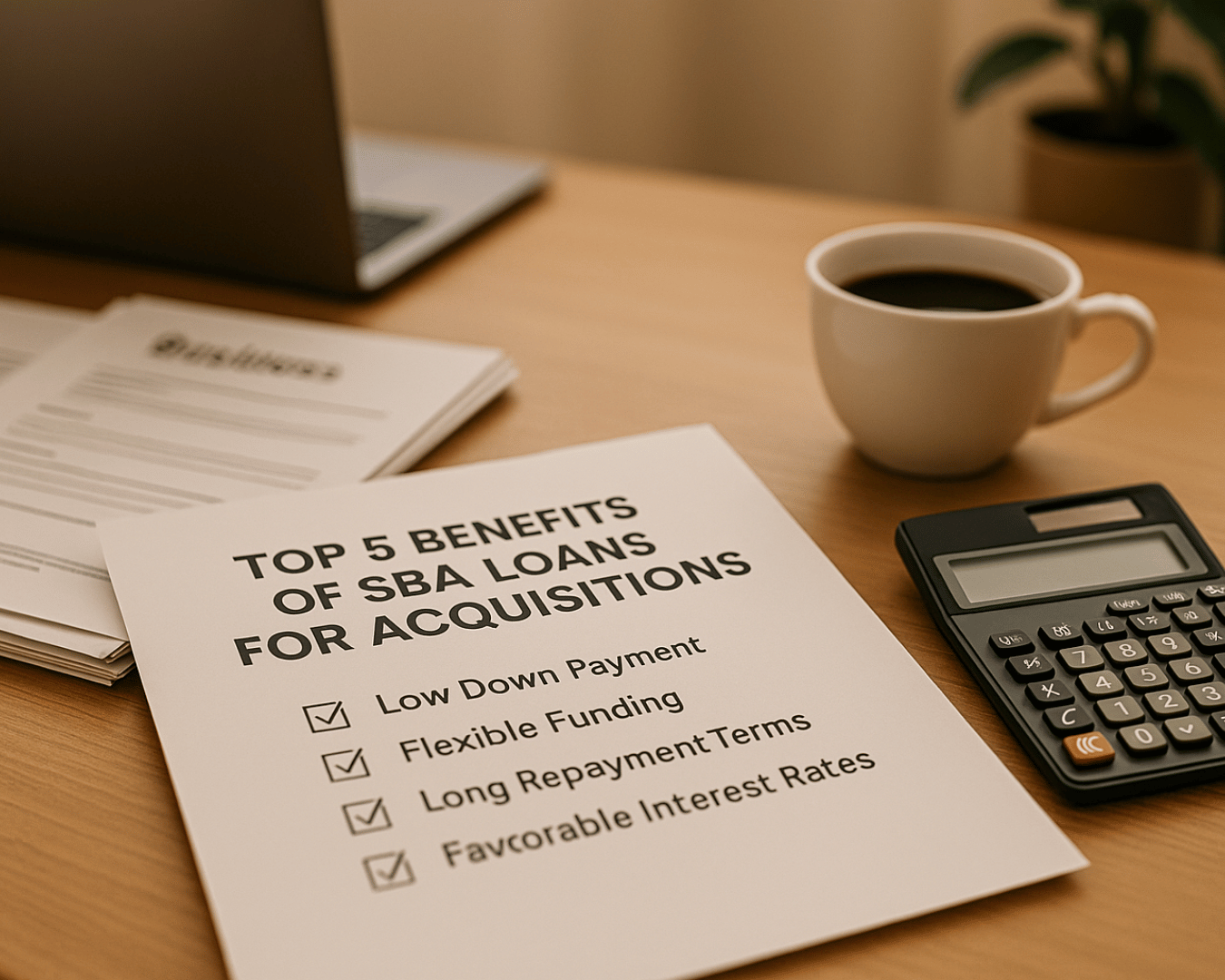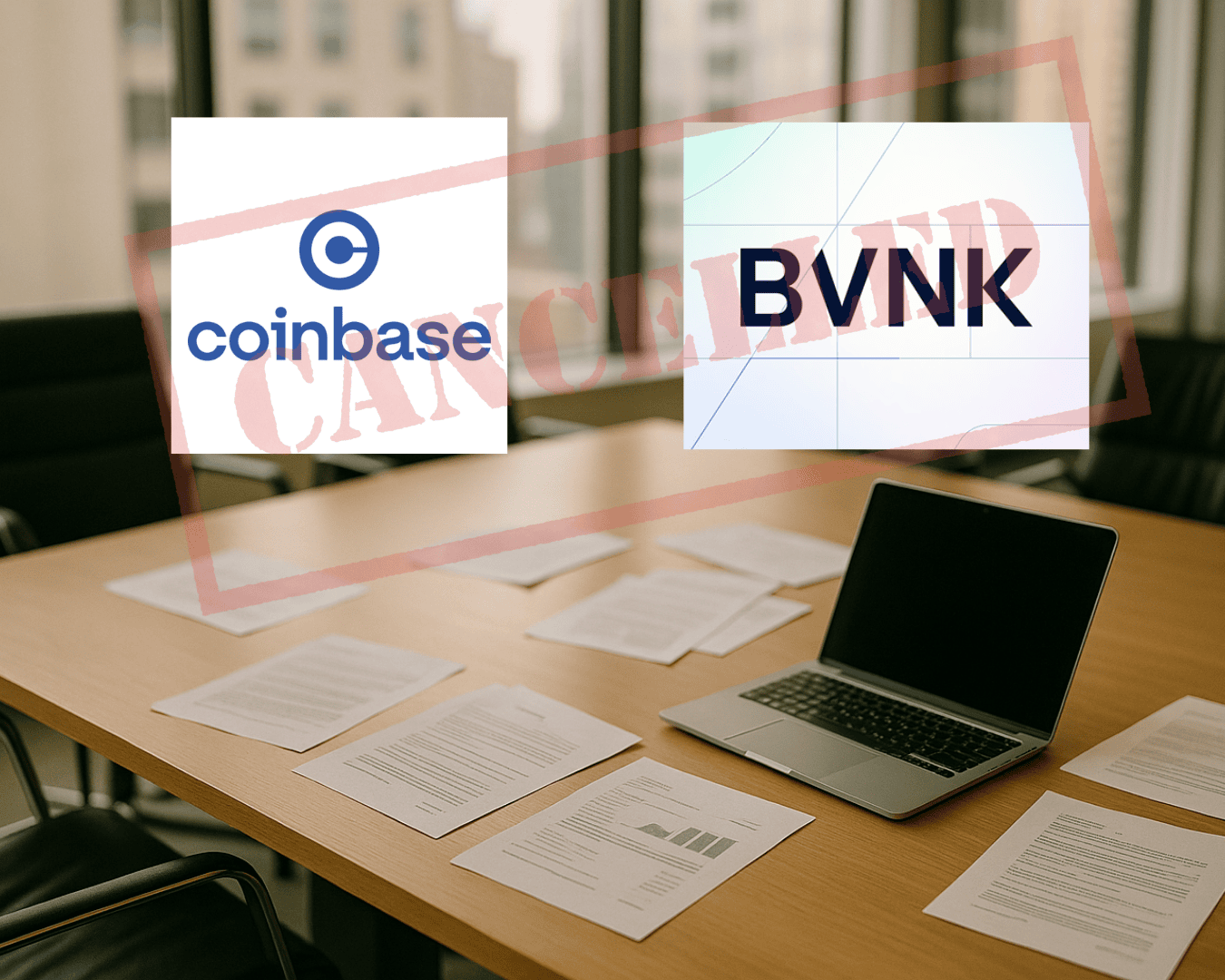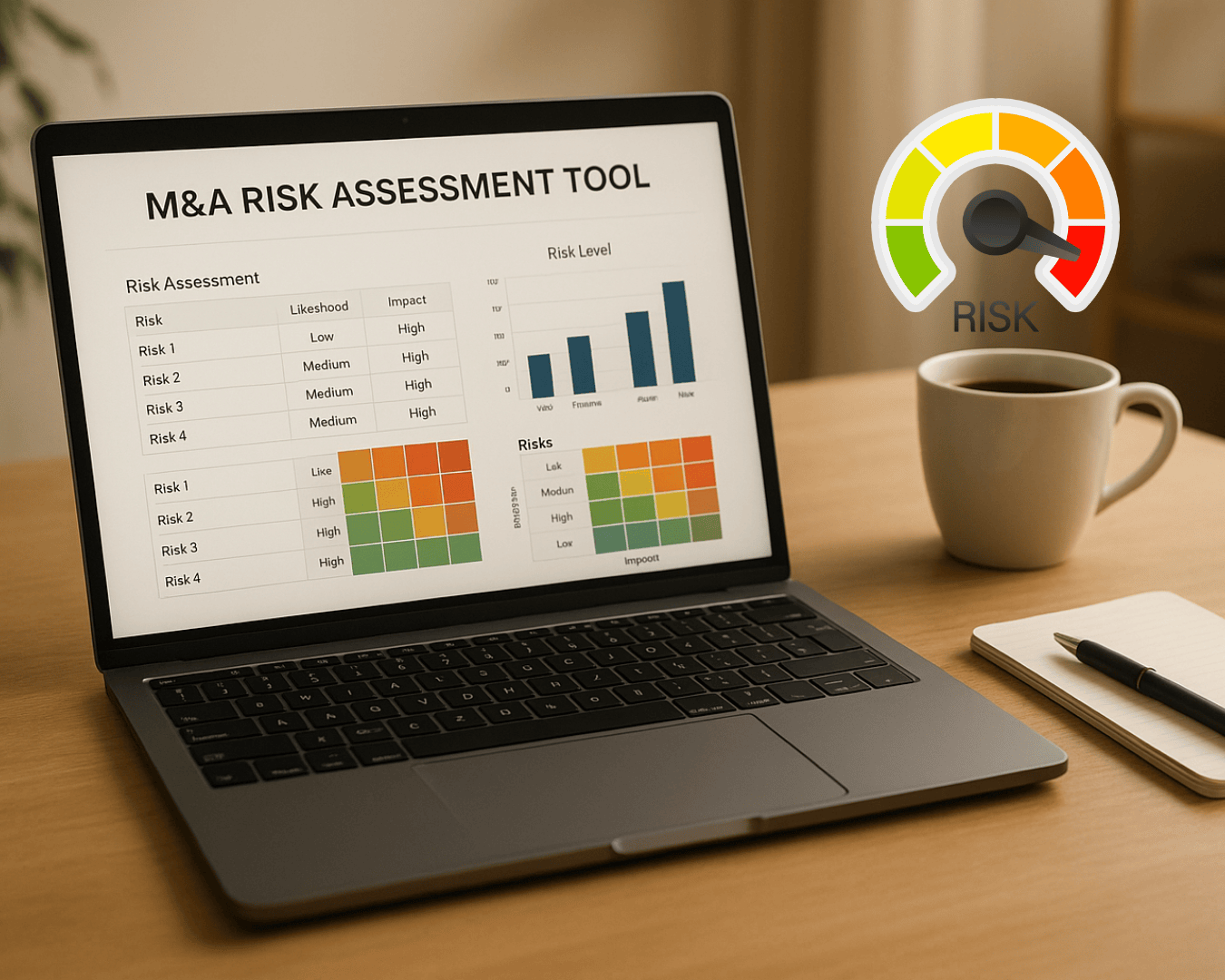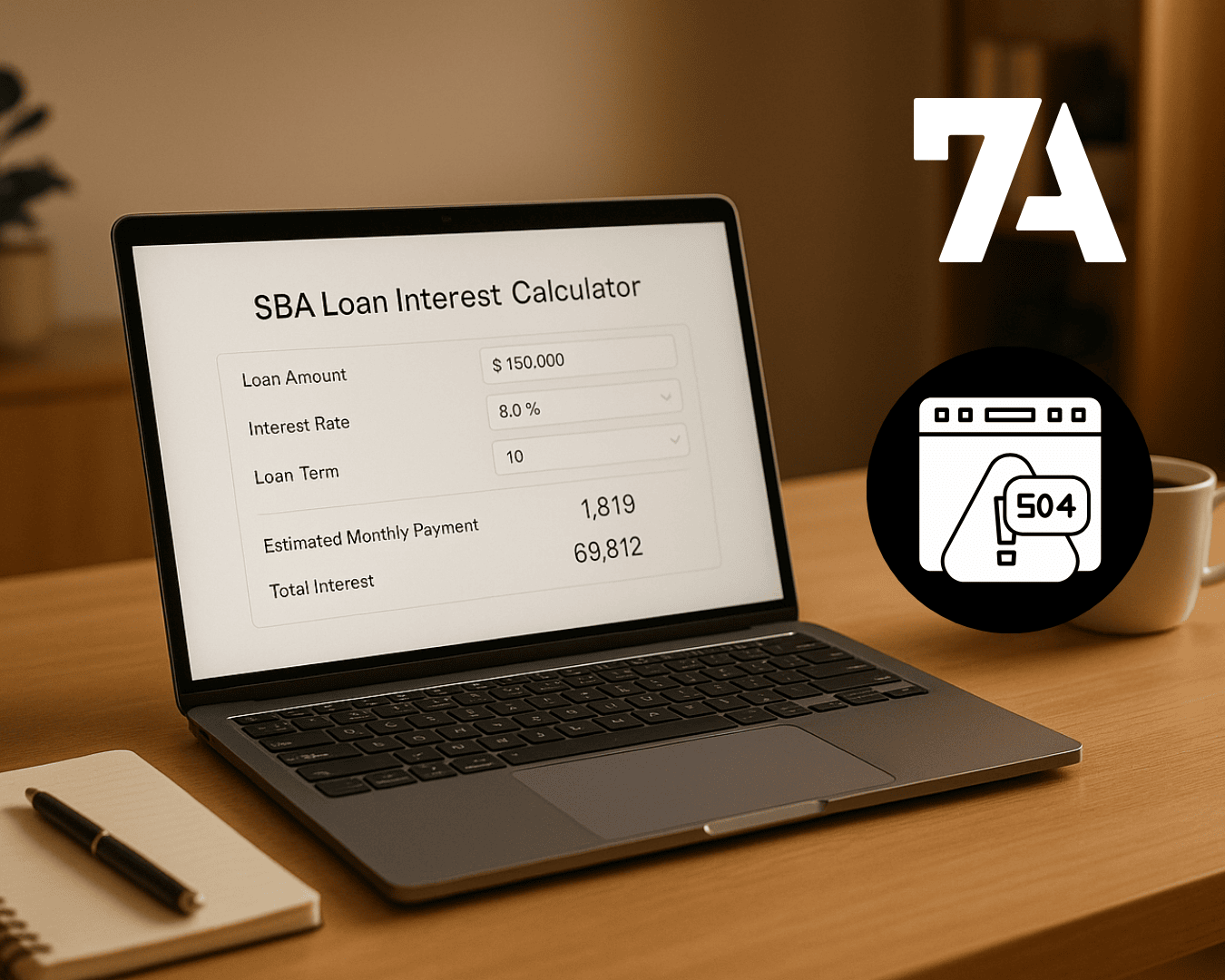When you acquire a business, transferring contracts from the seller to your ownership is a critical step. This process, called contract assignment, ensures the continuation of vendor relationships and customer agreements that support the business. Missteps can lead to terminated contracts, disrupted operations, or lost revenue. Here’s a quick overview of how to handle it effectively:
- Review contract terms: Identify restrictions like anti-assignment or change-of-control clauses.
- Understand common clauses: Learn about consent provisions, notice requirements, and termination triggers.
- Get legal help: Work with attorneys to navigate restrictions and draft necessary documents.
- Conduct due diligence: Examine contracts for risks like automatic renewals or financial obligations.
- Secure consents and formalize transfers: Obtain approvals and sign assignment agreements to finalize the process.
Proper planning and clear communication with stakeholders can reduce risks and ensure a smooth transition.
What Is An Assignment Clause? - BusinessGuide360.com

Review Contract Terms and Find Restrictions
Take the time to review all contracts carefully to identify any restrictions or potential roadblocks. By spotting these issues early, you can address them proactively and ensure a smoother transition during ownership changes.
Start by cataloging every contract you have, from major supplier agreements to smaller vendor arrangements. Each contract may have unique terms, especially concerning assignment rules, so a thorough review is critical. Contracts that once worked seamlessly can suddenly reveal restrictive clauses during a change in ownership. Pinpointing these clauses early allows you to plan ahead and avoid surprises. This process also lays the groundwork for understanding common assignment clauses you’re likely to encounter.
Learn Common Assignment Clauses
Understanding assignment clauses is essential to maintaining strong relationships with vendors and customers while avoiding disruptions.
- Anti-assignment clauses: These are among the most frequent restrictions. They typically prevent transferring a contract to a new party without prior consent. For example, some agreements may require written approval before any assignment can take place.
- Automatic termination clauses: Certain contracts, such as personal service agreements, may include provisions that terminate the agreement automatically if there’s a change in ownership. These clauses are often tied to the expertise or involvement of a specific owner.
- Notice requirements: Even when assignment is allowed, contracts often outline specific notification procedures. For instance, they may require written notice sent via certified mail within a set timeframe (like 30 or 60 days) and include specific details in the notice.
- Consent provisions: These can vary widely in complexity. Some agreements may only require a simple notification, while others demand formal written approval. In more restrictive cases, the counterparty may have the discretion to withhold consent or impose conditions before granting approval.
- Change of control clauses: These can be tricky because they’re sometimes buried deep within the contract language. While they might not explicitly mention assignment, they can trigger renegotiation rights, price adjustments, or even termination if the business undergoes a change in ownership.
Get Legal Support
Once you’ve identified potential restrictions, consulting with legal experts is crucial to navigating these clauses effectively.
Legal professionals can spot restrictions that might be easy to overlook and help draft the necessary consent requests or assignment agreements. Their expertise ensures you handle these matters efficiently and in compliance with the contract terms.
For a more streamlined approach, platforms like Clearly Acquired offer tech-enabled solutions that combine legal advisory services with deal management tools. They provide support through every stage of the acquisition process, from contract review to closing and beyond.
Legal review is especially important for contracts tied to significant financial commitments, long-term obligations, or critical business relationships. Engage legal support early in the due diligence process to identify and address assignment issues before finalizing the deal. This proactive step gives you the opportunity to negotiate solutions with the seller while you still have leverage, avoiding costly problems after the transaction is complete.
Complete Due Diligence on Contracts
Thoroughly reviewing contracts is essential for understanding their value, obligations, and any risks they might carry. This step ensures you uncover hidden liabilities that could affect the financial and operational stability of your investment.
The structure of the deal determines which contracts will transfer to you and which will remain with the seller. This distinction helps focus your review on critical vendor and customer agreements.
Be on the lookout for potential pitfalls like indemnification risks, penalty clauses, and automatic renewal traps. For instance, some contracts may lock the business into above-market pricing for years, while others could allow termination upon acquisition, jeopardizing revenue streams. By identifying these risks early, you can decide which contracts need closer examination during due diligence.
Review Vendor and Customer Contracts
Start by compiling a complete list of active contracts, then prioritize those with key vendors and customers. Losing these relationships could severely impact operations and revenue.
Carefully review each contract for clauses that restrict assignment. Check the specific types of assignment clauses discussed earlier and understand their implications. Ensure you’re aware of all consent requirements and deadlines tied to these agreements.
Examine the financial and operational aspects of each contract, including payment terms, performance obligations, and renewal or termination conditions. Pay special attention to “personal” contracts, which might be tied to the seller’s expertise or relationships. These contracts may automatically terminate with a change in ownership or require unique handling during the assignment process.
Run scenario analyses to understand the impact of non-assignable contracts. This step helps you determine which agreements are absolutely critical and which might be replaceable without significant disruption to operations.
Record Key Findings
Once you’ve evaluated the key contracts, consolidate your findings to streamline follow-ups. Create a centralized record of essential details - such as parties involved, contract dates, obligations, and consent requirements. This documentation ensures nothing slips through the cracks.
Include financial terms, performance obligations, and any risks or liabilities you’ve identified. Highlight contracts needing third-party consent and note any deadlines for notifying counterparties. Taking a methodical approach minimizes errors and provides a clear roadmap for handling contract assignments.
Prepare actionable reports summarizing critical contracts, required consents, and recommended next steps. Use tools like risk matrices to prioritize agreements that need immediate attention versus those that can wait. Keep your deal team and decision-makers updated regularly to ensure everyone is aligned on potential issues and their resolutions.
This documentation becomes especially useful when working with legal counsel or advisors. Platforms like Clearly Acquired can simplify the process by centralizing contract data, automating reminders for consent requests, and offering templates for recording key findings. These tools not only improve efficiency but also reduce the likelihood of costly mistakes.
Get Required Consents and Send Notices
After thoroughly reviewing contracts, the next critical step is securing the necessary third-party consents. Once you've identified which agreements require consent, act quickly to obtain written approvals. Timing, clear communication, and careful record-keeping are essential to avoid setbacks that could jeopardize your acquisition.
Start this process 30–60 days before closing. Some agreements may outline specific deadlines for requesting consent, so review those details closely to ensure compliance and avoid missed opportunities.
Focus on contracts that have the greatest impact on your business. For instance, losing a customer contract worth $500,000 annually could be far more damaging than losing a smaller supplier agreement worth $5,000 per year. Prioritizing these high-value or critical relationships ensures you address potential deal-breakers early, leaving time to find alternatives or renegotiate if necessary.
Never assume silence equals consent. Always get written approval. Keep in mind that some companies may take weeks to respond, especially if their legal team or board of directors needs to review your request.
Best Practices for Consent Requests
When submitting a consent request, include key information about your company, such as its name, structure, and operational history. Address any concerns about the transition, like whether management, location, or service standards will remain unchanged. Attach supporting documents that demonstrate your company’s stability, and set a clear response deadline - typically 15–30 business days.
If there are significant changes that could affect the relationship, such as relocating operations, adjusting pricing, or modifying services, disclose these upfront. Being upfront about material changes helps build trust and reduces the risk of rejection. Concealing such details can lead to denied requests and damage relationships before they even begin.
For larger or more complex agreements, consider offering a brief meeting or call to address any questions. If you don’t receive a response within your specified timeframe, follow up politely to keep the process moving.
Keep Communication Records
Maintaining thorough records is key to ensuring a smooth transition and demonstrating the integrity of your assignment process. Document every step of the consent process to create a clear paper trail.
Use a tracking log to monitor each counterparty’s contact details, request dates, follow-ups, responses, and any conditions attached to approvals. Save all email correspondence, certified mail receipts, and written approvals in well-organized digital folders. For phone conversations, follow up with an email summary to confirm what was discussed and agreed upon.
Pay close attention to conditional consents - approvals that come with specific requirements. For example, a landlord might approve the assignment but insist on a personal guarantee from the new owner, or a customer might allow the transfer but require a 90-day trial period with termination rights.
It’s also important to evaluate the financial impact of these conditions. For instance, if several parties request additional insurance coverage, calculate the total annual cost. Similarly, if customers demand price concessions as part of their consent, factor these revenue changes into your financial projections for the acquisition.
Digital tools can simplify this process by automating deadline reminders, organizing documents, and generating status reports for your team. These tools help reduce the risk of oversights and ensure you stay on track during the hectic pre-closing period.
sbb-itb-a3ef7c1
Create and Sign Assignment Agreements
After securing the necessary consents, the next step is to formalize the transfer of rights and obligations through assignment agreements. These legal documents ensure everything is clearly outlined, leaving no room for misunderstandings. They serve as the official record of what’s being transferred from the seller to the buyer.
Think of assignment agreements as the link between the original contracts and your new ownership. Without them, disputes over responsibilities and benefits can crop up. The goal is to draft clear, detailed agreements that help avoid confusion or legal issues down the road.
Timing is crucial. Start drafting these agreements once you have consent approvals, but wait to finalize and sign them until all conditions are fully met.
Key Parts of an Assignment Agreement
To ensure clarity and protection for all parties, every assignment agreement should include these essential components:
- Assignor details: This section identifies the current contract holder, confirming their authority to transfer the rights. It should include their full legal name, business structure, and any relevant identification numbers.
- Assignee details: Here, you’re established as the new contract holder, accepting all rights and responsibilities. Make sure this section aligns with the legal structure of the entity you’ll use to operate the business, whether it’s a corporation, LLC, or another form.
- Scope of assignment: Be specific about what’s being transferred. Instead of using vague terms like "all rights and obligations", name each contract explicitly, including details like the contract name, date, and involved parties. For example, "the Equipment Lease Agreement dated March 15, 2024, between ABC Manufacturing and Industrial Equipment Solutions, including all amendments and addendums."
- Effective date: Clearly state when the transfer takes place. This is often the business acquisition’s closing date, but it could vary based on operational needs or consent conditions. Precise dates and times help prevent gaps or overlapping responsibilities.
- Liability provisions: Define who is responsible for pre-assignment obligations versus post-assignment duties. Typically, the seller handles liabilities before the transfer, while you take on responsibilities afterward. Some agreements may include indemnification clauses to protect one party from certain claims.
- Consideration language: Acknowledge what’s being exchanged for the assignment rights. In most cases, this is part of the overall purchase price, but it’s important to reference this exchange to ensure the agreement’s legal validity.
Simplify Documentation
Managing multiple assignment agreements can feel overwhelming, but there are ways to make the process more efficient.
- Standardized templates: Using templates can save time and ensure consistency across all agreements. Start with a master template that includes the necessary provisions, then customize it as needed.
- Master assignment agreements: If you’re working with the same counterparty on multiple contracts, you can consolidate them into a single document. For example, if you’re acquiring a business with three agreements from the same supplier, one comprehensive document can cover all three transfers.
- Digital tools: Cloud-based platforms simplify document management, especially when coordinating signatures across different locations and time zones. Electronic signature platforms can drastically reduce the time it takes to finalize agreements, often cutting the process from weeks to days. Choose platforms that offer audit trails and meet legal compliance standards.
- Version control: When handling multiple agreements, establish clear naming conventions and approval processes. This ensures everyone is working with the latest version and avoids confusion.
- Signature coordination schedule: Plan the signing process in a logical sequence. Some agreements may need to be signed before others, particularly if they involve interdependent contracts or specific timing requirements tied to consent approvals.
For complex acquisitions, services like Clearly Acquired offer advisory support and standardized templates to speed up the process. Investing in the right tools and strategies can make this stage far more manageable, ensuring a smooth transition of ownership.
Monitor Post-Assignment Compliance
Signing and executing assignment agreements is only the beginning. The real work lies in maintaining oversight after the deal is done. Regular monitoring ensures your investment stays protected and the acquisition continues to deliver value.
Be prepared to address any performance changes that arise post-assignment. Proactive management allows you to spot potential problems early and maintain the relationships that keep operations running smoothly. This phase is crucial for tracking key metrics and ensuring contract terms remain intact.
Monitoring also acts as an early warning system. Whether it’s a missed payment, a drop in service quality, or overlooked contract terms, identifying these issues quickly allows for faster resolutions. Staying ahead of problems helps you avoid costly disputes and preserve valuable business relationships.
Track Performance and Obligations
After the assignment is finalized, keeping tabs on performance ensures all obligations are being met. Develop a system to monitor each assigned contract, factoring in both the original terms and any adjustments made during the assignment.
Set up automated alerts and use a performance dashboard to track critical elements like payment deadlines and service benchmarks. Document everything - whether performance meets, exceeds, or falls short of expectations.
Regular communication with key stakeholders is essential. Schedule quarterly check-ins with major vendors and customers to discuss performance, address concerns, and explore areas for improvement. These conversations often uncover operational insights that may not have been evident during initial due diligence.
To streamline oversight, create a contract performance dashboard that consolidates key metrics across all assigned agreements. Include details like payment statuses, renewal dates, performance indicators, and unresolved issues. Update this dashboard monthly to maintain a clear and current view of your contract portfolio.
For more complex agreements, consider implementing milestone tracking. Breaking obligations into smaller, measurable steps makes it easier to monitor progress and catch potential issues before they escalate.
Set Up Centralized Record Management
A well-organized record-keeping system is essential for staying on top of compliance after assignment. Centralized records reduce the risk of missed deadlines, misplaced documents, or overlooked obligations. Your system should be easy to access, well-structured, and regularly maintained.
Leverage cloud-based storage with clear naming conventions and automated reminders to ensure nothing slips through the cracks. Create digital folders for each assigned contract, containing the original agreement, assignment documentation, consent letters, correspondence, and performance records.
Use automated alerts to stay ahead of critical dates like contract renewals, payment deadlines, or performance reviews. Most business calendar tools can send reminders 30, 60, or 90 days in advance, helping you stay organized during busy periods.
Access controls are vital for maintaining security. Assign different permission levels - some team members may only need read-only access, while others require editing capabilities. Keep a record of who has access to what information and review these permissions regularly.
To simplify contract management, create a contract summary sheet for each agreement. Include key details like parties involved, payment terms, performance requirements, and current status. This summary provides a quick reference for team members without requiring them to sift through lengthy documents.
Conduct regular audits of your record management system to ensure everything remains up-to-date and properly organized. Quarterly reviews can help you identify gaps, remove outdated documents, and update any information that has changed since the assignment.
If you’re managing a large number of contracts, consider using specialized contract management software. These tools often include features like automated alerts, performance tracking, and reporting, making it easier to stay on top of compliance and streamline the entire process.
Conclusion
A well-organized approach to contract assignment plays a key role in ensuring a successful acquisition. Following a clear five-step process - reviewing contract terms, conducting due diligence, securing consents, executing assignment agreements, and monitoring compliance - helps facilitate smooth transitions and protects your investment.
Research shows that up to 30% of M&A deals face challenges related to contract assignment. This highlights just how crucial it is to adopt a structured plan to avoid disputes and maintain strong business relationships.
It’s important to recognize that contract assignment isn’t a one-and-done task - it’s a continuous process. Proper management, early identification of potential hurdles, open communication with counterparties, and detailed record-keeping are all essential for preserving the value of assigned contracts throughout the transition and beyond.
For business owners and investors navigating acquisitions, Clearly Acquired offers a range of tech-enabled solutions to simplify the process. From AI-powered due diligence tools to centralized document management and expert advisory services, they provide the resources needed to identify risks, obtain necessary consents, and ensure compliance after the deal closes.
Whether you’re acquiring your first company or adding to an existing portfolio, combining structured processes, legal expertise, and modern technology transforms contract assignment into a manageable and efficient task. By handling transfers carefully, you safeguard your investment and set the stage for long-term success.
FAQs
What risks could arise if contract terms aren’t thoroughly reviewed before assigning them during a business acquisition?
When you're navigating a business acquisition, skipping a thorough review of contract terms can lead to major headaches. Without proper scrutiny, you could end up taking on obligations you didn’t anticipate, getting tangled in disputes over contract rights, or losing key vendor or customer relationships because of anti-assignment clauses buried in the fine print.
On top of that, missing liabilities or restrictions hidden in contracts can create financial strain, disrupt daily operations, or even spark legal battles. Taking the time to fully understand and address these terms is crucial for ensuring a seamless transition and steering clear of unpleasant surprises.
What role does legal support play in handling complex contract terms during a business acquisition?
The Role of Legal Support in Business Acquisitions
Navigating the intricate details of contracts during a business acquisition can be overwhelming. This is where legal expertise becomes invaluable. Skilled contract lawyers play a key role by reviewing, drafting, and negotiating agreements to ensure they are not only legally sound but also aligned with your company’s objectives.
Beyond just drafting, these professionals guide you in adhering to relevant laws, identifying potential risks, and addressing disputes before they escalate. Their knowledge ensures your interests are safeguarded and the contract assignment process proceeds smoothly, helping you sidestep expensive legal issues in the future.
How can I ensure compliance and effectively monitor performance after assigning contracts?
To keep everything on track after assigning a contract, start by establishing specific KPIs that tie directly to your business objectives. Make sure all contract details are stored in a centralized, easy-to-access system. This improves visibility and simplifies the tracking process.
Take time to review contracts regularly to check for compliance and performance. Using contract management tools can be a game-changer, as they automate tracking and help minimize risks. It’s also a good idea to standardize contract language and carry out periodic audits. These steps can help you spot potential problems early and maintain consistent control. Staying proactive with monitoring leads to smoother operations and better results for your business.



























.png)







































.png)










































